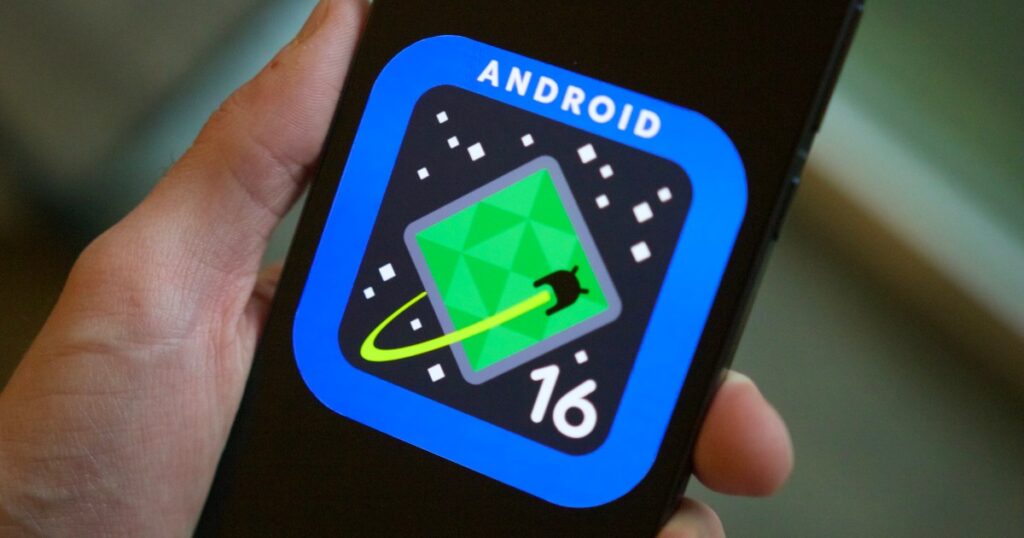
Security researchers have identified a significant vulnerability in Android devices that could allow malicious applications to steal sensitive data. This new attack method, dubbed **Pixnapping**, revives a 12-year-old browser-based technique designed to extract information displayed on other apps or websites. The vulnerability, cataloged as **CVE-2025-48561**, affects devices running Android versions 13 through 16, including popular models such as the **Pixel 6–9** and **Galaxy S25**.
The Pixnapping technique enables a rogue app to capture data from applications like **Google Maps**, **Gmail**, **Signal**, and **Venmo**. Remarkably, it can even retrieve two-factor authentication (2FA) codes from **Google Authenticator** without needing special permissions. The method exploits a hardware side channel, referred to as **GPU.zip**, utilizing rendering time measurements to read pixel data from the screen. By overlaying transparent activities and timing how quickly pixels render, attackers can reconstruct screen content at a rate of **0.6 to 2.1 pixels per second**. Although this may seem slow, it is sufficient to extract highly sensitive information.
Implications of the Vulnerability
The emergence of Pixnapping reveals a fundamental flaw in Android’s rendering and **GPU** architecture. This vulnerability underscores how long-resolved attack methods can resurface in innovative forms. Because the attack does not require special permissions, even a seemingly benign app downloaded from the **Google Play Store** could potentially monitor sensitive on-screen data covertly.
Researchers have raised alarms about the broader implications of side-channel vulnerabilities, which occur not due to software bugs but rather how hardware processes data. Such vulnerabilities are notoriously complex to detect and remediate, posing ongoing challenges for mobile security.
What Users Should Know
For Android users, this research highlights the potential for covert data theft that can occur without any user intervention or warning. Malicious apps could silently collect sensitive details, including banking information, 2FA codes, or location data, simply by observing users’ screen activity. Although **Google** has stated there is currently no evidence of exploitation, the existence of this vulnerability illustrates that malware could bypass traditional security measures.
In response to this threat, Google has begun rolling out a partial patch, with a more comprehensive fix expected in **December 2025**. The company is also working to limit the potential abuse of the blur API and enhance detection capabilities. Nonetheless, researchers caution that workarounds for the vulnerability already exist, and the underlying **GPU.zip** issue remains unresolved.
Until a permanent solution is implemented, users are advised to limit the installation of untrusted applications and ensure their devices are kept updated. Security experts anticipate that more sophisticated side-channel attacks, similar to Pixnapping, are likely to emerge as attackers refine their techniques. The research serves as a reminder of the evolving landscape of mobile security threats and the need for vigilance among users.







